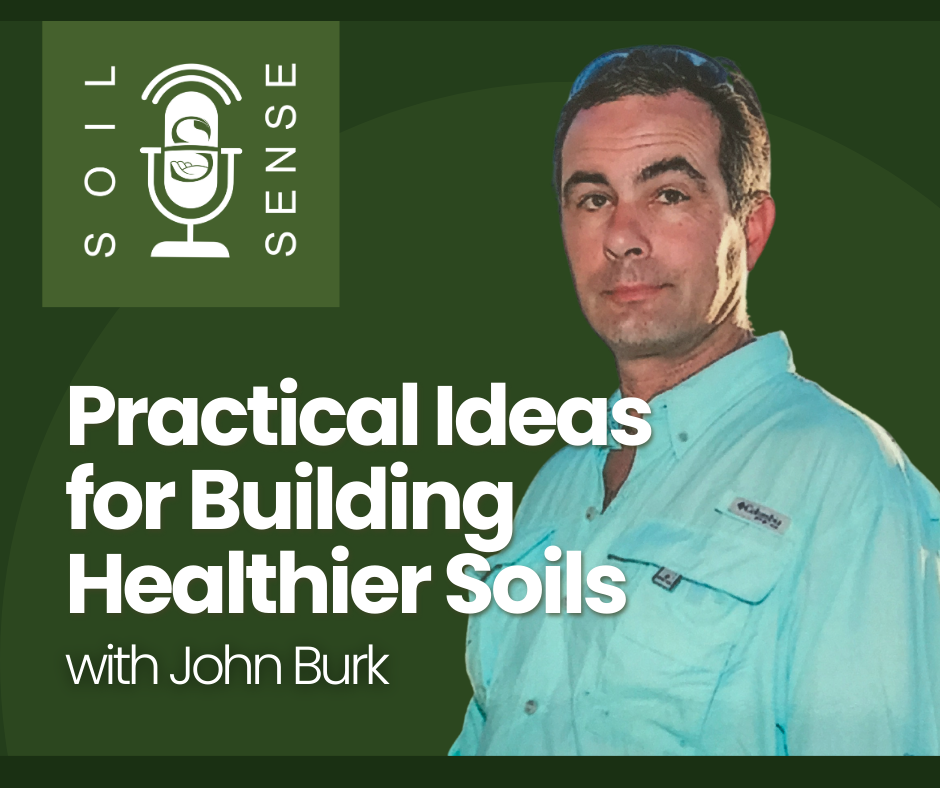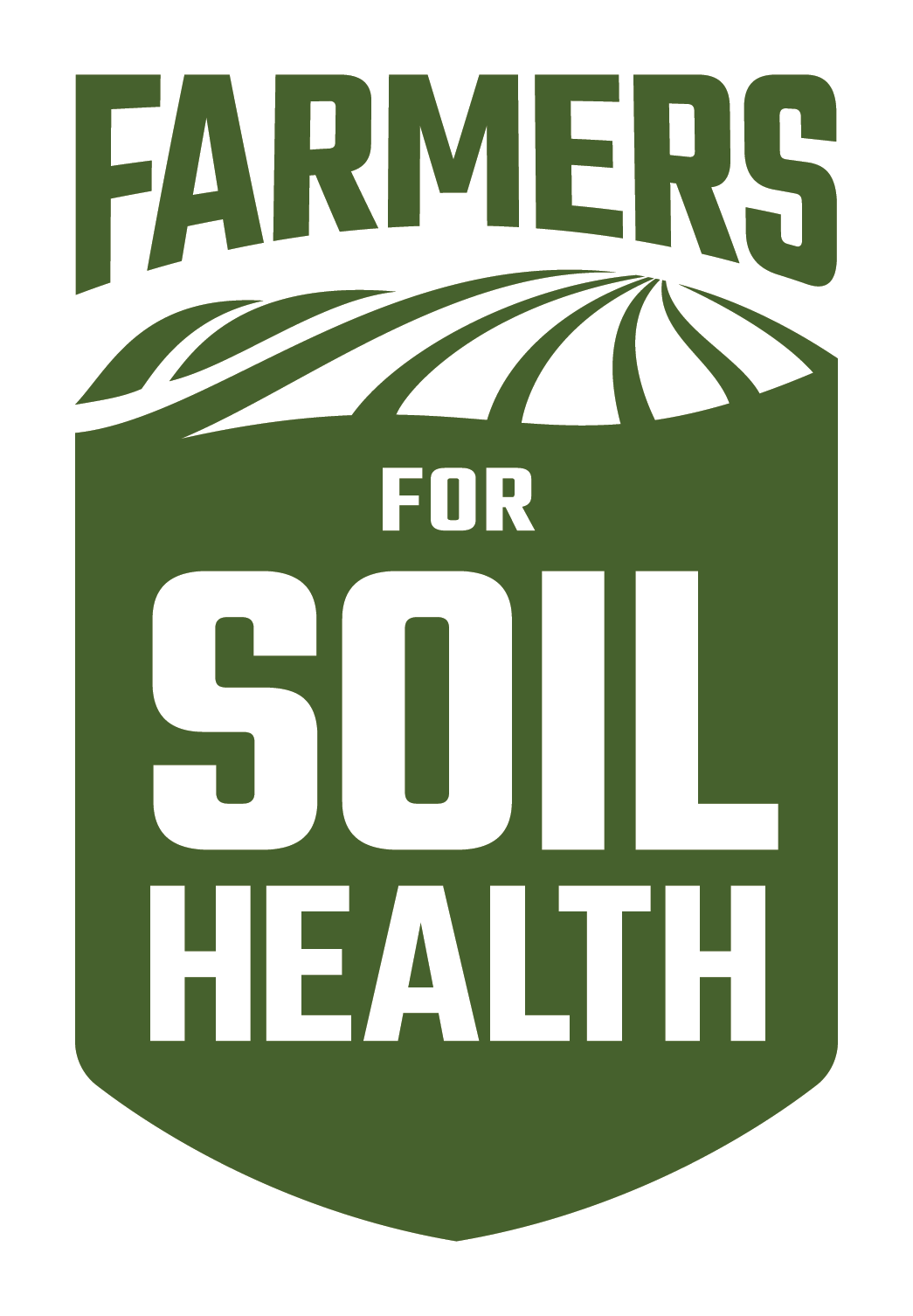Practical Ideas for Building Healthier Soils With John Burk

There is no substitute for experience. Michigan farmer John Burk has a masters degree in crop and soil science, spent 10 years as an ag and natural resources agent for Michigan State University, and has spent over two decades farming full time. Even though he’s been farming full time for over 20 years now, he remains involved in a lot of cover crop work with the university as well as some conservation districts. His real-world experience and knowledge are invaluable in our discussion about the future of soil health.
“Get some green manure back in. You’ve got to replenish them soils. You’ve got to keep them soils healthy, and you need to keep them in one place so they’re not all over the neighborhood. At the same time, I’m going to tell somebody don’t go out tomorrow and this fall and say, I’m going to plant a thousand acres of rye. You’re never going to do it again. Do a hundred acres of rye. Figure out how you’re going to manage that hundred before you do a thousand.”
John shares specifics about his planning strategies and things he has implemented or at least tried over the years. He brings a unique perspective as someone who not only grows corn and soybeans, but also sugar beets and dry edible beans. John says you need to “replenish your soil somehow and tillage isn’t going to do it all.” He recommends cover crops as a natural answer that will provide great benefits to soil health.
“If you really think about it…the more root mass you have in the soil, the harder it is for that soil to compact. Plus, it gives more air pockets for the rain to flow through rather than pond on top or pack those soil aggregates together. So that’s why I always like to have a bunch of different masses of roots or even the mass up top worked into the soil.”
